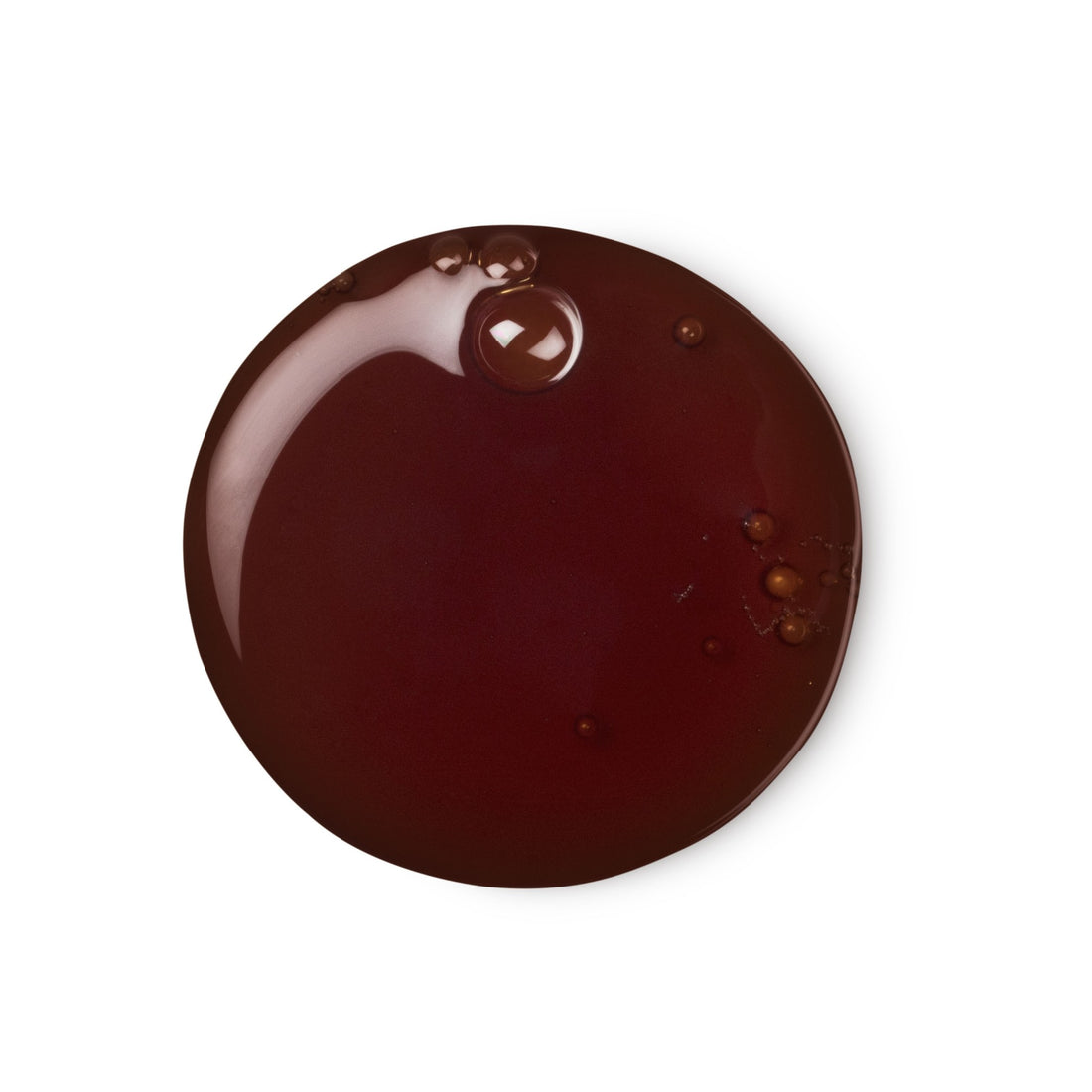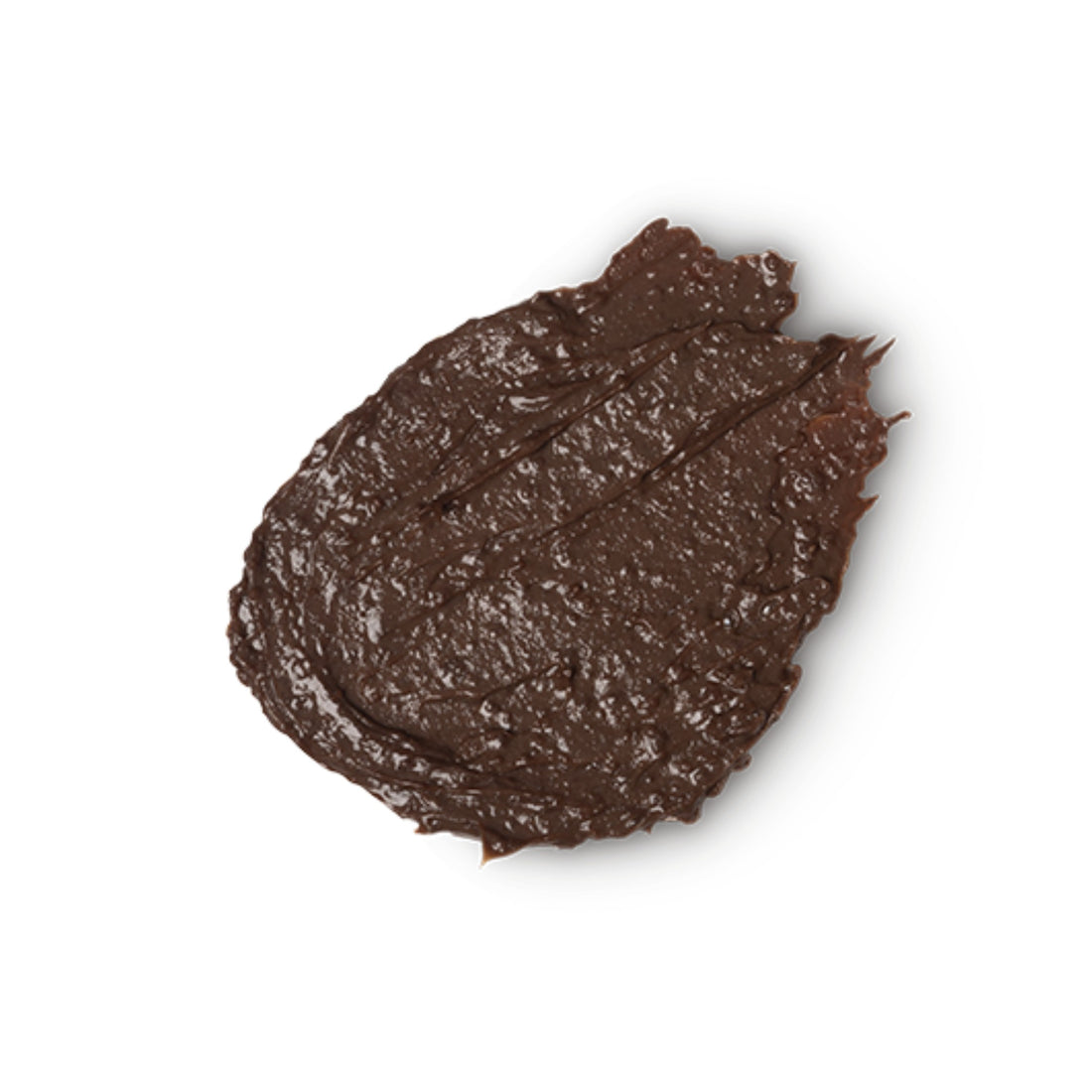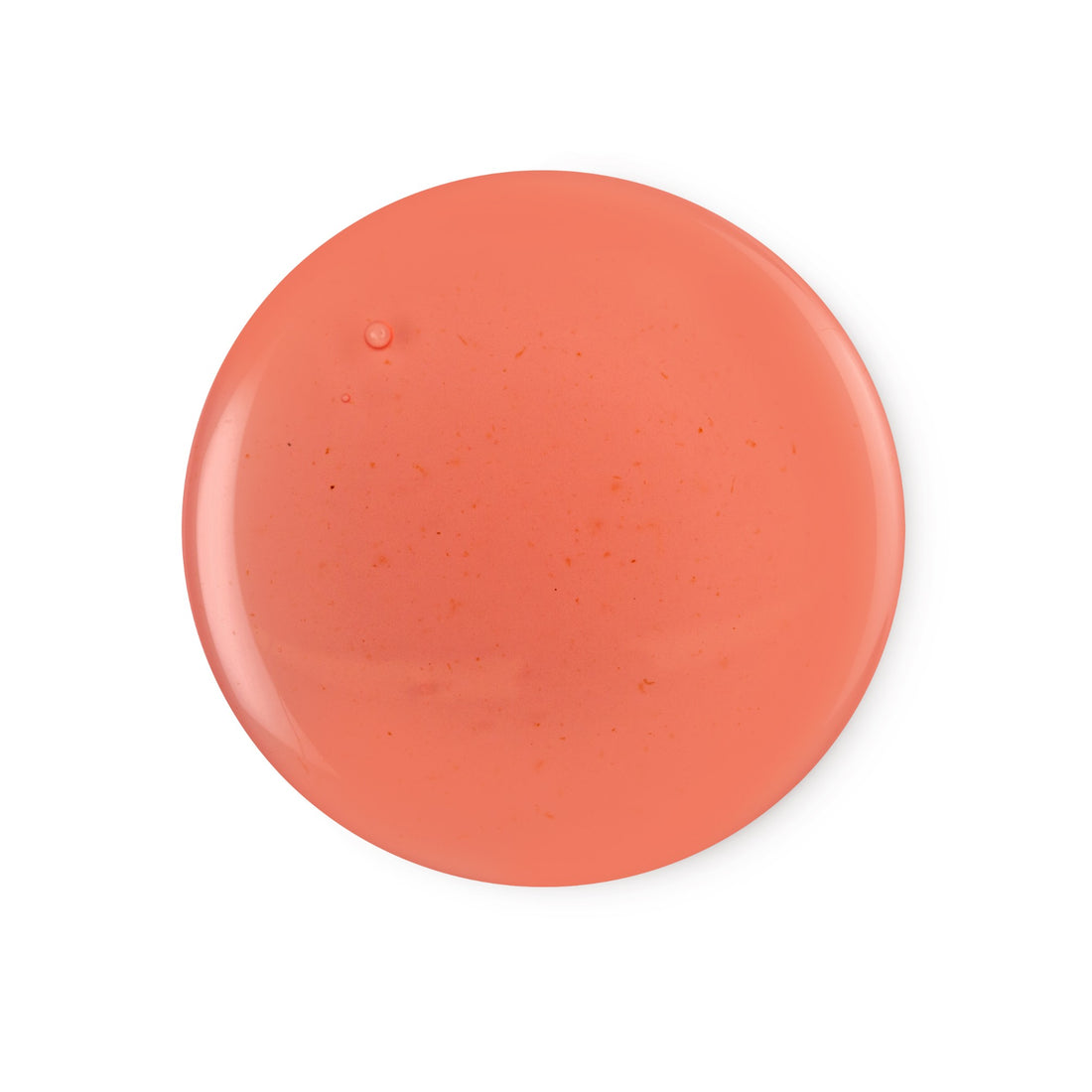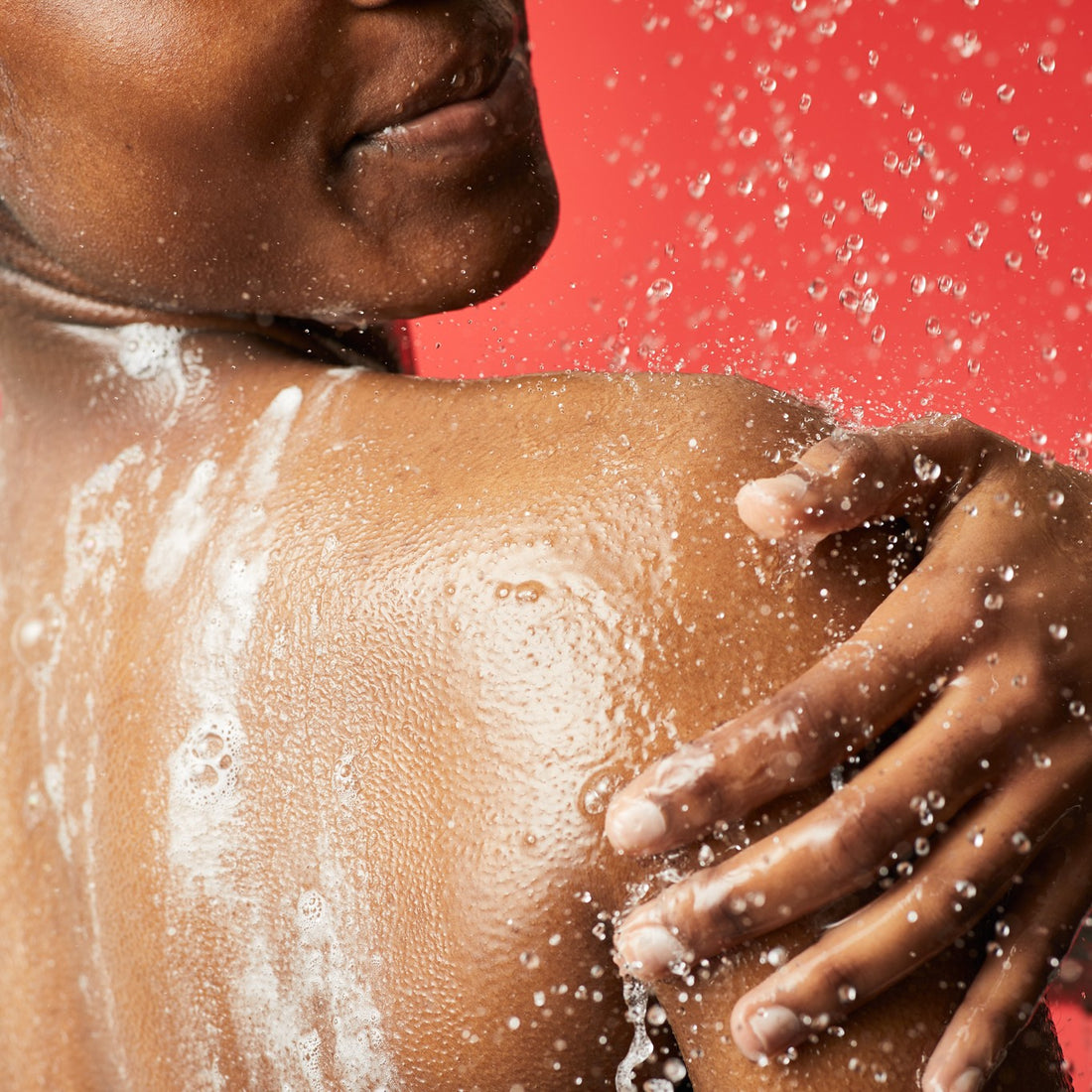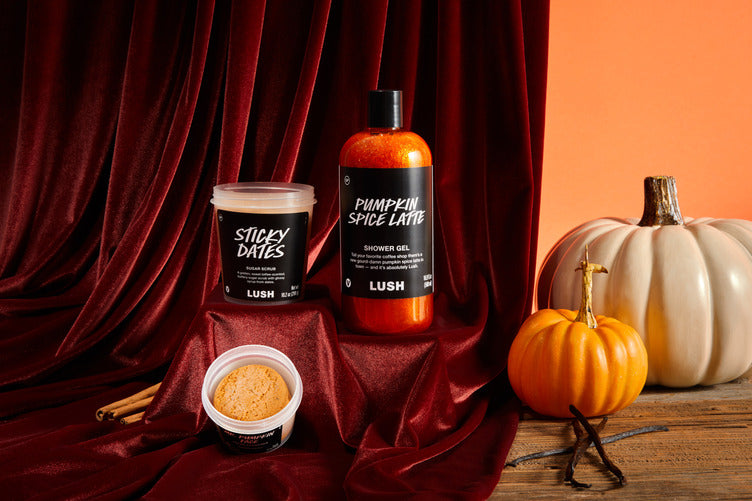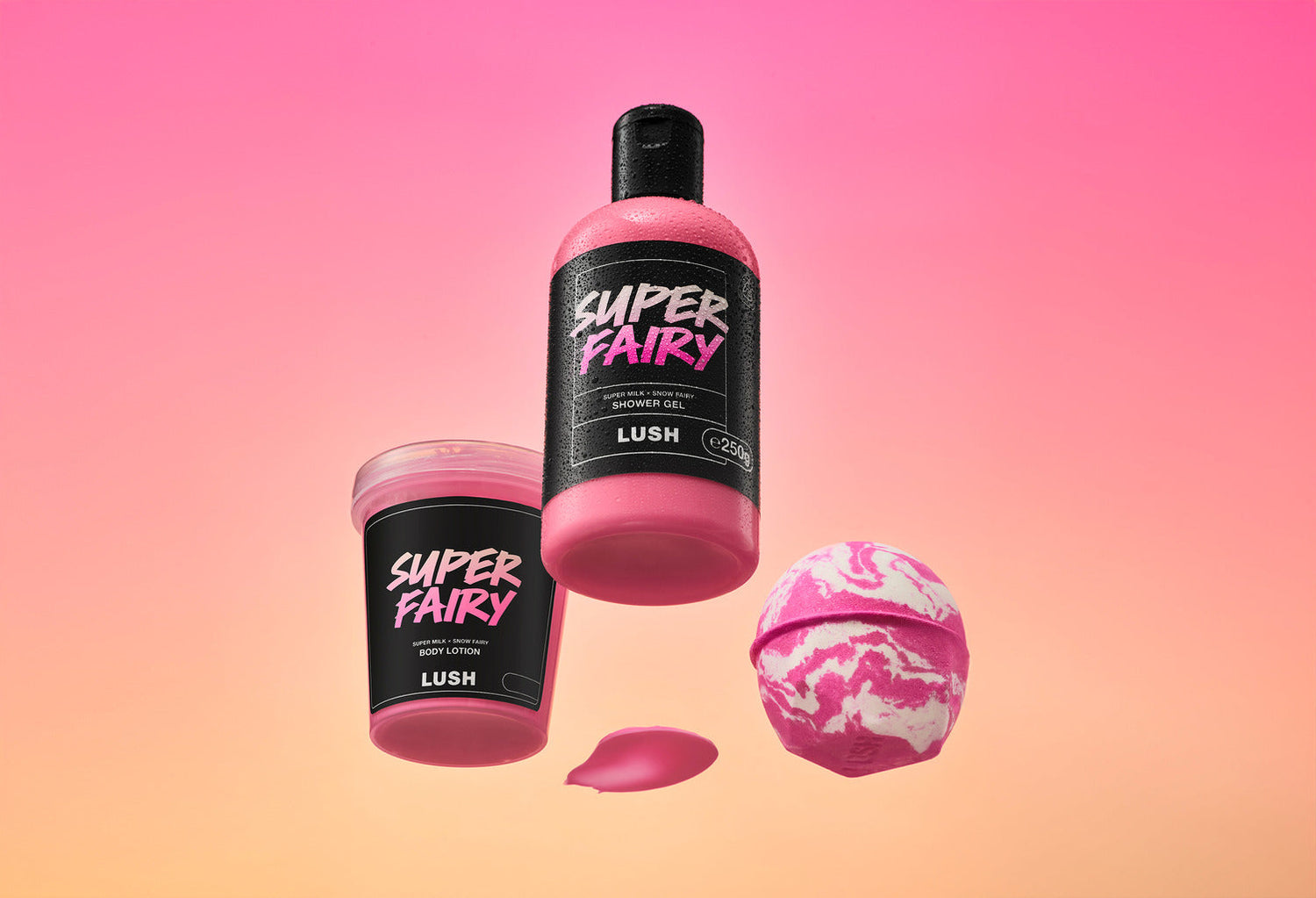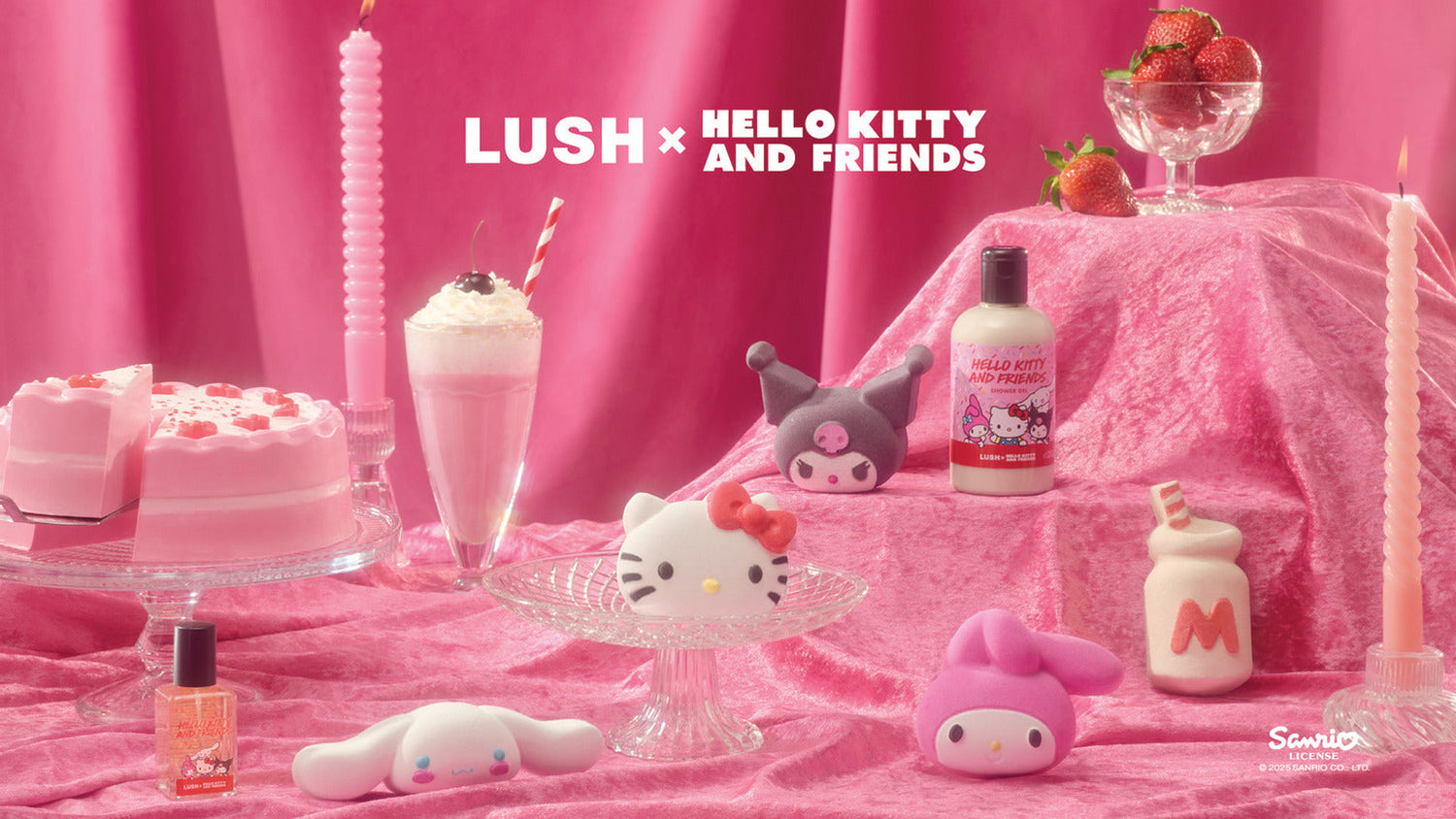More than 90% of Lush products are self-preserving, which means that they don't require any synthetic preservatives to keep them fresh.
But it’s not as simple as just taking out the synthetics. The dynamics of each formula must be carefully balanced in order to produce effective, practical and long-lasting products, which are just as good as their preserved counterparts. Lush co-founder and product inventor Helen Ambrosen explains, "We see cosmetics as an art form. When you are creating products you are painting a picture and you want to put things together in a way that has the best effect. No matter how organic, or ‘green,’ a product is, if it doesn’t work for the customer they’re not going to want it, so therefore we have to create a formula that retains its benefits."
Let's say you're throwing a dinner party, for example. You’re inviting all of your favourite people and cooking your signature dish - maybe it’s a chilli con carne, a spaghetti carbonara or a jalfrezi. So far so good - until one of your guests reveals a new dietary requirement… Maybe they’re vegan, a celiac or perhaps they have an allergy. Whatever their needs, your recipe has to change. If you want your meal to be just as delicious, you can’t just swap out the troublesome ingredient. No, the whole recipe needs to be looked at and assessed to make sure the texture, taste and smell is equally as tasty as before. You wouldn’t want to let any of the guests down, especially the ones who had tried your staple recipe before and had come to expect a certain spiciness, creaminess or smell. To make sure your dinner party is a success you have to look at your recipe like a formula.
The problem with "free water"
“Free water,” also known as “water activity,” refers to water that microbes can use to reproduce. Like all living things, microorganisms need water and nutrients to grow, and so water-based products like shower gels provide the perfect environment for bacterial reproduction. To keep perishables safe and fresh, free water must either be reduced or microbial growth must be controlled with a preservative.
Synthetic preservatives like parabens can be used to stop microbes from developing in water-based products. Absorbent natural materials like clay and water-soluble compounds like salts and sugars can also be used to reduce the amount of water that microbes are able to access. Solid, naked products have a minimal water content which means they don’t need added preservatives.
Self-preserving in practice
Experimenting with ways to keep the amount of free water to a minimum means that liquid products like shower gels can become entirely self-preserving. By balancing the levels of water, butters and oils, safe synthetic cleansing agents and beautiful, natural materials, it's possible to create cosmetics made almost entirely of materials which are beneficial to the skin or hair.
It's a careful, delicate process, however, one that takes time and effort to apply to more and more products. The dynamics of the formula must be carefully balanced in order to produce a beautiful product that is effective, practical and long-lasting, without having to utilise a synthetic preservative system.
It’s a question of balance - and a change of attitude - learning to work with our microbe friends rather than against them. “Highly preserved products are capable of wiping out the microflora that protects our skin,” explains Helen, “and we want our products to be better than that. We want them to deliver great effects for the customer in a safe and natural way. This has led to us having a relationship with our microbial friends.”
Watch Helen Ambrosen talk about the research and development process around reformulation in May 2014.
Cosmetic scientist and product developer Daniel Campbell describes the difficulty in balancing water and oil in a self-preserving version of Dream Cream, a product type known as an emulsion which binds oil and water together.
He explains, "We needed to ensure that the emulsion was loose enough to allow the oil to be absorbed by the sebum that sits on your skin, but bacteria really like to live between a loose interface made of oil and water. What we needed to do was to create a balance where the emulsion was loose enough be absorbed into your skin but tight enough so that microorganisms couldn’t get in there. We found that by reducing the water slightly and moving up the quantities of oil, glycerine and cocoa butter, that we were able to strike that balance - and that it was a very specific balance.”
Self-preserving or preservative-free?
Preservative-free is a tricky piece of phrasing. It implies that a product is completely free of preservatives - something experts Jon J. Kara and Donald S. Orth take issue with in their publication, Preservative-Free and Self-Preserving Cosmetics and Drugs: Principles and Practice (1996). They explain, “Usually, multiple-use aqueous consumer products in their current containers cannot be made preservative-free merely by removing preservatives from the formula. The term self-preserving is more appropriate than preservative-free for most aqueous products containing a chemical system that kills microorganisms and/or prevents their growth.
In other words, nearly all of the time water-based ‘preservative-free’ products contain a preservative - just not one recognised by the EU. For example, honey, salt, kaolin, clay, talc, calamine and cocoa and shea butters all have preservative qualities when used in the right quantities. In addition, preservation techniques like creating solid products, reducing the amount of free water in a formula and using sealed packaging and shorter shelf lives can also be used to create self-preserving formulas.
You can shop the full range of self-preserving skincare on our website or the app, or you can speak to a member of staff in store.





